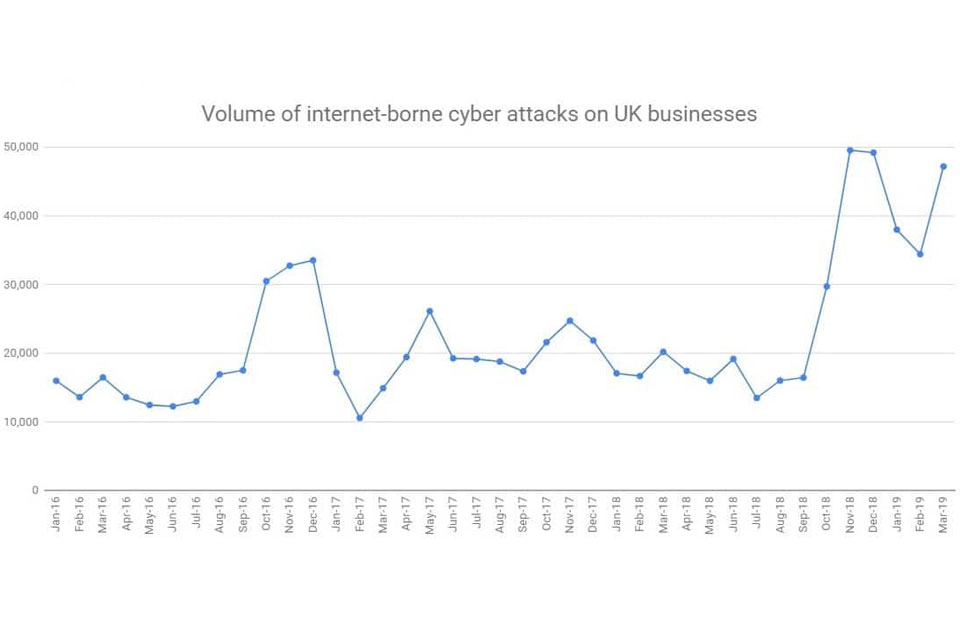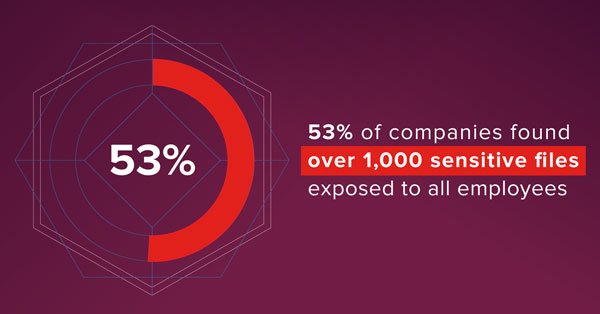Humans: The root cause of your cyber security issues
https://cybersecureforum.co.uk/wp-content/uploads/2019/09/Humans.jpg 960 640 Stuart O'Brien Stuart O'Brien https://secure.gravatar.com/avatar/81af0597d5c9bfe2231f1397b411745a?s=96&d=mm&r=gMore than 99 per cent of cyber threats require human interaction to execute – enabling a macro, opening a file, following a link, or opening a document – signifying the importance of social engineering to enable successful attacks.
That’s according to the latest Human Factor report from Proofpoint, which highlights the ways in which cybercriminals target people, rather than systems and infrastructure, to install malware, initiate fraudulent transactions and steal data.
The report, based on an 18-month analysis of data collected across Proofpoint’s global customer base, also found:-
- Microsoft lures remain a staple. Nearly 1 in 4 phishing emails sent in 2018 were associated with Microsoft products. 2019 saw a shift towards cloud storage, DocuSign, and Microsoft cloud service phishing in terms of effectiveness. The top phishing lures were focused on credential theft, creating feedback loops that potentially inform future attacks, lateral movement, internal phishing, and more.
- Threat actors are refining their tools and techniques in search of financial gain and information theft. While one-to-one attacks and one-to-many attacks were more common when impostor attacks first began to emerge, threat actors are finding success in attacks using more than five identities against more than five individuals in targeted organizations.
- The top malware families over the past 18 months have consistently included banking Trojans, information stealers, RATs, and other non-destructive strains designed to remain resident on infected devices and continuously steal data that can potentially provide future utility to threat actors.
People-centric Threats
- Attackers target people – and not necessarily traditional VIPs. They often target Very Attacked People (VAPTM) located deep within the organization. These users are more likely to be targets of opportunity or those with easily searched addresses and access to funds and sensitive data.
- Thirty-six percent of VAP identities could be found online via corporate websites, social media, publications, and more. For the VIPs who are also VAPs, nearly 23 percent of their email identities could be discovered through a Google search.
- Imposters mimic business routines to evade detection. Impostor message delivery closely mirrors legitimate organizational email traffic patterns, with less than 5 percent of overall messages delivered on weekends and the largest portion – over 30 percent – delivered on Mondays.
- Malware actors are less likely to follow expected email traffic. Overall malicious message volumes sampled in the second quarter of 2019 were distributed more evenly over the first three days of the week and were also present in significant volumes in campaigns that began on Sundays (more than 10 percent of total volume sampled).
- Click times have traditionally shown significant regional differences, reflecting differences in work culture and email habits among major global regions. Asia-Pacific and North American employees are far more likely to read and click early in the day, while Middle Eastern and European users are more likely to click mid-day and after lunch.
Email Attacks: Verticals at Risk
- Education, finance, and advertising/marketing topped the industries with the highest average Attack Index, an aggregated measure of attack severity and risk. The education sector is frequently targeted with attacks of the highest severity and has one of the highest average number of VAPs across industries. The financial services industry has a relatively high average Attack Index but fewer VAPs.
- 2018 saw impostor attacks at their highest levels in the engineering, automotive, and education industries, averaging more than 75 attacks per organization. This is likely due to supply chain complexities associated with the engineering and automotive industries, and high-value targets and user vulnerabilities, especially among student populations, in the education sector. In the first half of 2019, the most highly targeted industries shifted to financial services, manufacturing, education, healthcare, and retail.
- The Chalbhai phish kit, the third most popular lure for the first half of 2019, targeted credentials for many top U.S. and international banks and telecommunications companies, among others, using a range of templates attributed to a single group but leveraged by multiple actors.
- Attackers capitalize on human insecurity. The most effective phishing lures in 2018 were dominated by “Brainfood,” a diet and brain enhancement affiliate scam that harvests credit cards. Brainfood lures had click rates over 1.6 clicks per message, over twice as many clicks as the next most clicked lure.
“Cybercriminals are aggressively targeting people because sending fraudulent emails, stealing credentials, and uploading malicious attachments to cloud applications is easier and far more profitable than creating an expensive, time-consuming exploit that has a high probability of failure,” said Kevin Epstein, vice president of Threat Operations for Proofpoint. “More than 99 percent of cyberattacks rely on human interaction to work—making individual users the last line of defense. To significantly reduce risk, organizations need a holistic people-centric cybersecurity approach that includes effective security awareness training and layered defenses that provide visibility into their most attacked users.”











